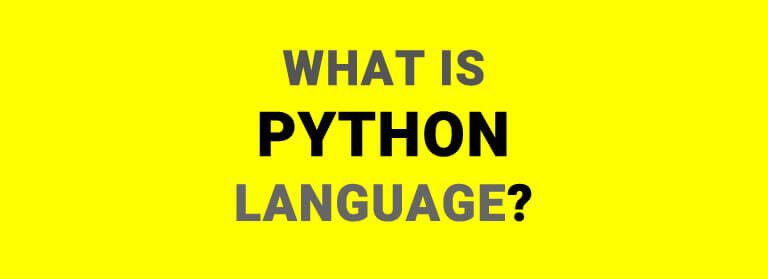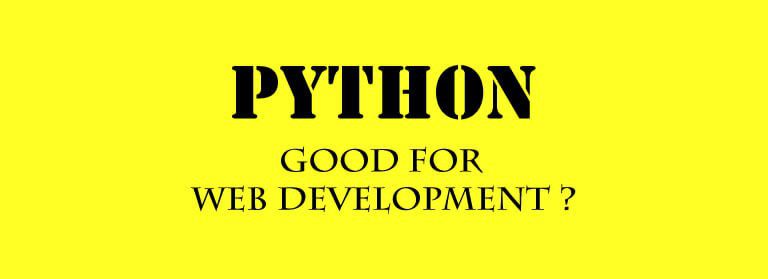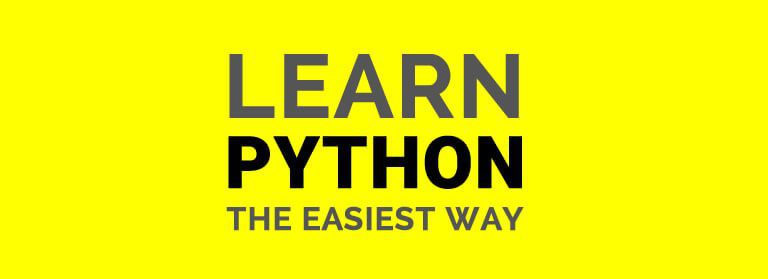How to Check if a List is Empty Python Best 2024 Guide


How to Check if a List is Empty Python?
How to Check if a List is Empty Python: In the dynamic landscape of Python programming, understanding how to check if a list is empty is akin to mastering a fundamental building block of code. Whether you’re a seasoned developer tackling complex data structures or a newcomer navigating the intricacies of Python syntax, the ability to efficiently handle empty lists is a skill that transcends experience levels. After all, empty lists can crop up in a multitude of scenarios, from processing user input in web applications to implementing algorithms in data science projects.
In this comprehensive guide, we’ll delve into the nuances of checking for empty lists in Python, empowering you with a diverse toolkit of methods and techniques to tackle this common task with confidence. From leveraging built-in functions like len() to employing logical operators such as not, we’ll explore a range of approaches that cater to different coding preferences and scenarios.
The journey begins by understanding the essence of empty lists in Python—a fundamental concept that underpins much of the language’s functionality. An empty list, denoted by a pair of square brackets with no elements inside, represents a blank canvas awaiting data. Whether you’re initializing a new list or encountering one during the course of your code, being able to identify and handle empty lists is essential for writing robust and error-free Python programs.
With this foundational knowledge in hand, we’ll dive into our exploration of methods for checking empty lists, starting with the venerable len() function. This versatile tool provides a straightforward means of determining the length of a list, allowing us to discern whether it contains any elements. Additionally, we’ll explore the power of logical operators, such as the not operator, which offers a concise and elegant solution for evaluating the truthiness of an empty list.
But our journey doesn’t end there—no, we’ll also uncover lesser-known techniques, like direct comparison to an empty list using the equality operator. While perhaps less common, these methods offer valuable insights into Python’s flexible and expressive nature, demonstrating that there’s often more than one way to achieve a desired outcome in Python programming. Learn More at How to Check if a List is Empty Python
By the time you reach the end of this guide, you’ll be equipped with a comprehensive understanding of how to check for empty lists in Python, as well as the confidence to apply these techniques in your own coding projects. So, whether you’re a seasoned developer seeking to refine your skills or a newcomer eager to unlock the secrets of Python programming, join us on this journey as we unravel the mysteries of empty lists and elevate your Python proficiency to new heights.
Understanding Empty Lists in Python
Before we embark on our exploration of methods for checking empty lists in Python, let’s take a moment to establish a foundational understanding of what exactly constitutes an empty list. In Python, an empty list is precisely what it sounds like: a list that contains no elements whatsoever. Represented by a pair of square brackets with nothing between them, an empty list is essentially a blank slate awaiting data. This seemingly innocuous structure plays a pivotal role in Python programming, serving as a cornerstone of data manipulation and storage.
As we delve deeper into our discussion, it becomes increasingly apparent that the ability to identify and handle empty lists gracefully is paramount in Python programming. Whether you’re parsing user input, processing data structures, or implementing algorithms, encountering an empty list is an inevitability that requires careful consideration. Failure to account for empty lists can lead to errors, bugs, and unexpected behavior in your code—a scenario that no developer wants to encounter. Learn More at How to Check if a List is Empty Python
By establishing a clear understanding of what an empty list looks like and why it’s important to handle them effectively, we lay the groundwork for our journey ahead. Armed with this knowledge, we can proceed with confidence, knowing that we have a solid grasp of the fundamentals necessary to navigate the complexities of Python programming.
So, as we venture forth into the realm of checking empty lists in Python, let’s keep in mind the significance of this seemingly simple concept. Whether we’re employing built-in functions, logical operators, or other techniques, our ultimate goal remains the same: to ensure that our code is robust, error-free, and capable of gracefully handling whatever data comes its way. With this understanding firmly in place, let’s dive into our exploration and uncover the myriad methods for checking empty lists in Python.
How to Check if a List is Empty Python? Method 1: Using the len() Function
Using the len() function to check for an empty list is not only simple but also widely used across Python codebases. This built-in function serves as a reliable tool for determining the length of a list, providing a quick and effective means of assessing its contents. By invoking the len() function on a given list, Python returns the total number of elements contained within it. Learn More at How to Check if a List is Empty Python
In the case of an empty list, the len() function returns a value of zero, signifying the absence of any elements. This straightforward logic makes it easy to ascertain whether a list is empty or not—simply check if the length of the list is equal to zero. If it is, you can confidently conclude that the list is indeed empty.
Here’s a practical example demonstrating the use of the len() function to check for an empty list:
my_list = [] # Define an empty list
if len(my_list) == 0:
print(“The list is empty”)
else:
print(“The list is not empty”)
In this snippet, we initialize an empty list named my_list and use the len() function to determine its length. By comparing the result of len(my_list) to zero, we ascertain whether the list is empty or not. If the length of the list is indeed zero, the condition evaluates to True, and the corresponding message “The list is empty” is printed to the console. Otherwise, if the length of the list is greater than zero, indicating the presence of elements, the message “The list is not empty” is printed instead.
This elegant use of the len() function underscores its versatility and utility in Python programming. Whether you’re dealing with lists of varying lengths or simply need to check if a list is empty, the len() function provides a reliable solution that’s both efficient and intuitive. So, the next time you find yourself in need of assessing the contents of a list, remember the trusty len() function and its ability to simplify your code. Learn More at How to Check if a List is Empty Python
my_list = []
if len(my_list) == 0:
print(“The list is empty”)
else:
print(“The list is not empty”)
Method 2: Using the not Operator
Another common approach to checking if a list is empty is by using the not operator in conjunction with the list itself. In Python, the not operator can be used to negate the truth value of an expression. By applying the not operator to a list, you can determine if the list is empty. Here’s an example:
my_list = []
if not my_list:
print(“The list is empty”)
else:
print(“The list is not empty”)
Method 3: Comparing to an Empty List
You can also check if a list is empty by comparing it directly to an empty list using the equality operator (==). If the two lists are equal, it means the list is empty. Here’s how you can use this method:
my_list = []
if my_list == []:
print(“The list is empty”)
else:
print(“The list is not empty”)
By mastering these methods for checking if a list is empty in Python, you can write more robust and reliable code that handles empty lists gracefully. Whether you’re validating user input, processing data, or implementing algorithms, knowing how to check for empty lists is a valuable skill that will serve you well in your Python programming journey. So, the next time you encounter a list in your code, remember these techniques for checking if it’s empty and take your Python programming skills to the next level. Happy coding!
Do you want to learn Python? My Python course on udemy is the most popular, highest rated and will give you a comprehensive Python learning experience. 1500 students has already enrolled since it’s launch in 2023! and learning Python flawlessly! Click on the button below and enroll today.







Responses